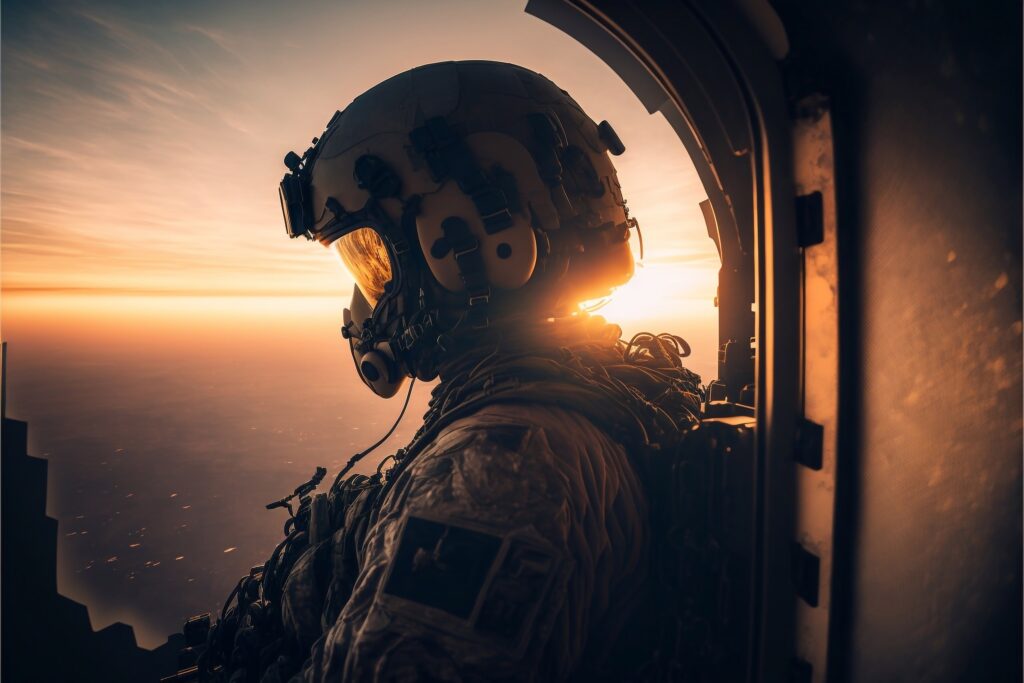Air Force Flight Uniforms flight duty, basic, command 👇🏻⏬

Air Force Flight Uniforms
In the realm of military aviation, the Air Force flight uniform serves as much more than mere apparel; it is a symbol of honor, precision, and the unyielding spirit of the skies. These uniforms, designed with an intricate blend of functionality and tradition, not only provide the necessary safety and comfort for pilots and crew but also carry the proud legacy of the Air Force. As we delve into the nuanced world of Air Force flight uniforms, we uncover the meticulous craftsmanship, the evolution of design, and the profound significance these uniforms hold in the esteemed world of military aviation.
The Air Force Flight Duty Uniform (FDU) is a specialized attire designed for pilots, navigators, and other aircrew members in the Air Force. It’s crafted to meet the unique demands of aerial duties, providing not only comfort and functionality during flights but also ensuring safety and the ability to perform under challenging conditions. Here’s an overview:
Key Features of Air Force Flight Duty Uniform
1. Material: Made from flame-resistant materials, it offers protection against fire hazards that might occur during flight operations.
2. Design: The design usually includes a one-piece flight suit or a combination of a jacket and trousers. It’s tailored to allow ease of movement and flexibility, essential for operating in confined cockpit spaces.
3. Color: Often comes in shades of green or other camouflage patterns, aligning with military standards and operational needs.
4. Pockets and Attachments: Features numerous pockets for carrying essential gear and instruments. Also, it may have attachments for flight-specific equipment like G-suits or harnesses.
5. Rank and Identification: The uniform displays rank insignias, name tags, and often includes patches representing the aircrew’s squadron, wing, or other unit affiliations.
6. Climatic Adaptation: Some FDUs are designed for specific climatic conditions, such as insulated suits for high-altitude or cold-weather operations.
Evolution and Variations:
– Over time, FDUs have evolved in terms of materials and designs to incorporate advancements in technology and to enhance comfort and safety.
– Different types of FDUs might be used depending on the mission type, aircraft, and operational environment.
Significance:
– Beyond functionality, the FDU is a symbol of the professionalism and readiness of Air Force personnel.
– It fosters a sense of identity and esprit de corps among the aircrew.
Maintenance and Regulations:
– Maintenance of the FDU involves specific guidelines to preserve its protective qualities and appearance.
– Regulations dictate the appropriate wear and appearance of the FDU, maintaining uniformity and discipline.
Key Components of the Air Force Basic Uniform
The Air Force Basic Uniform, often referred to as the “Service Dress Uniform,” is the standard attire worn by members of the United States Air Force (USAF) for most formal and official occasions. It’s a representation of the branch’s heritage, professionalism, and commitment to duty. Here’s a breakdown:
1. Jacket: The uniform includes a blue service dress jacket with silver buttons. The jacket is typically adorned with ribbons and insignia indicative of rank and achievements.
2. Trousers/Skirt: Men wear blue trousers, while women have the option of wearing either trousers or a blue skirt.
3. Shirt: A light blue, long-sleeved shirt is worn under the jacket. During warmer weather or in less formal settings, the shirt can be worn without the jacket.
4. Tie/Tie Tab: Men wear a blue tie, and women wear a blue tie tab, which adds a formal touch to the uniform.
5. Insignia and Badges: The uniform displays various insignia, including rank insignia on the shoulders or sleeves, and badges that denote specific qualifications or roles.
6. Shoes: Polished black dress shoes complete the uniform.
7. Cover: A blue service cap or flight cap is worn as headgear, depending on the specific requirements or preferences.
Occasions for Wearing the Basic Uniform:
– The Service Dress Uniform is typically worn for official functions, ceremonies, and formal events.
– It’s also often the required attire for official photographs and when representing the Air Force in public.
Maintenance and Regulations:
– Strict guidelines dictate the proper wear and appearance of the uniform, including the placement of ribbons, badges, and other accessories.
– Maintaining the uniform in a clean, pressed, and inspection-ready state is a mark of professionalism and respect for the service.
Significance:
– The Air Force Basic Uniform is a symbol of the wearer’s commitment and service to the nation. It’s a visual representation of the Air Force’s values and traditions.
The term “Air Force Command Uniform” isn’t a standard term in the United States Air Force (USAF) uniform lexicon. However, it’s possible that you’re referring to the uniform worn by commanding officers or higher-ranking officials within the Air Force. If that’s the case, the uniform would generally be the Service Dress Uniform, also known as the “Blues,” but with specific insignia and adornments that denote the individual’s rank and position.
Service Dress Uniform for Commanding Officers
1. Jacket: The blue service dress jacket is standard, but it would feature insignia indicative of the officer’s rank, often seen on the shoulder boards or epaulets.
2. Ribbons and Medals: A commanding officer’s uniform may display an array of ribbons and medals, representing their service achievements and decorations.
3. Badges: Command pilot wings, command space wings, or other badges denoting specific qualifications or roles may be worn, depending on the officer’s career field and achievements.
4. Pants/Skirt: Matching blue trousers or skirts are worn, in keeping with the uniform regulations.
5. Shirt and Tie: A light blue, long-sleeved shirt with a blue tie for men or a tie tab for women.
6. Headgear: A service cap, often with additional insignia or a different design for higher-ranking officers, is part of the attire.
7. Footwear: Polished black dress shoes are standard.
Additional Considerations for Command Uniform:
– Flag Officers: For generals (flag officers), the uniform might include additional distinctive elements like a special service cap and more elaborate rank insignia.
– Command Insignia: In some cases, officers might wear insignia that signifies their command position, although this is more common in naval uniforms.
– Occasions: High-ranking officers wear this version of the service dress for formal events, ceremonies, official functions, and when representing the Air Force in an official capacity.
Maintenance and Presentation:
– The same strict guidelines for uniform wear and appearance apply, but there’s often extra attention to detail and precision in the presentation of a commanding officer’s uniform.
The Air Force combat uniform, officially known as the Operational Camouflage Pattern (OCP) uniform, is the standard duty and field attire for airmen and airwomen. Introduced to enhance operational effectiveness and uniformity across the U.S. military, the OCP uniform replaces the previous Airman Battle Uniform (ABU). Here’s an overview:
Key Components of the Air Force OCP Uniform
1. Coat: The coat has a camouflage pattern designed for a range of environments. It’s typically made from a durable, flame-resistant fabric and features Velcro fields for patches and name tapes.
2. Trousers: The trousers match the coat in camouflage pattern and material. They include cargo pockets and reinforcements in high-wear areas for durability.
3. T-Shirt: A tan or coyote brown T-shirt is worn under the coat.
4. Boots: Coyote brown boots are the standard footwear. These are designed for comfort and performance in various terrains.
5. Headgear: A matching camouflage patrol cap is standard. In certain environments or situations, airmen may also wear a boonie hat.
6. Insignia and Patches: The uniform displays the airman’s name, rank, and service tapes, along with any required patches, such as the U.S. flag, unit patches, and occupational badges.
Purpose and Usage:
– The OCP uniform is used in field environments, during deployments, and in day-to-day operations where a more durable and functional uniform is required.
– It’s designed to provide camouflage, protection, and carrying capacity for essential gear.
Maintenance and Regulations:
– There are specific regulations governing the wear of the OCP uniform, including the proper placement of patches and insignia.
– The uniform is designed to be durable but requires proper care to maintain its appearance and functionality.
Evolution and Adaptation:
– The switch to the OCP uniform brought the Air Force in line with the Army, enhancing joint service uniformity.
– The design and pattern have evolved to improve effectiveness and comfort based on feedback from service members.



